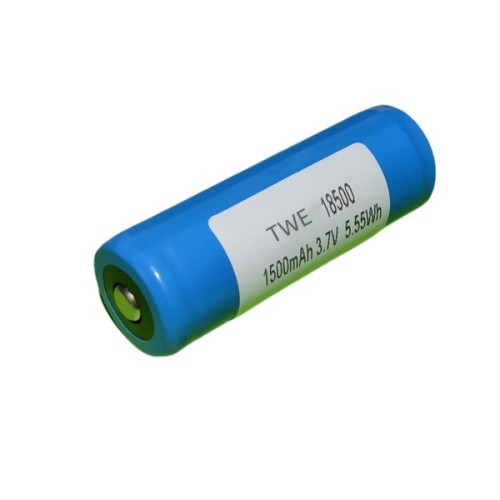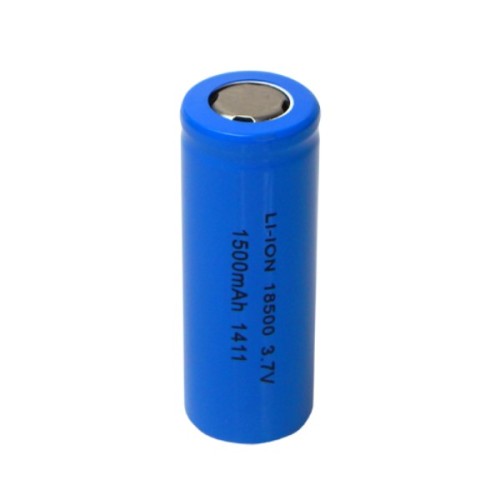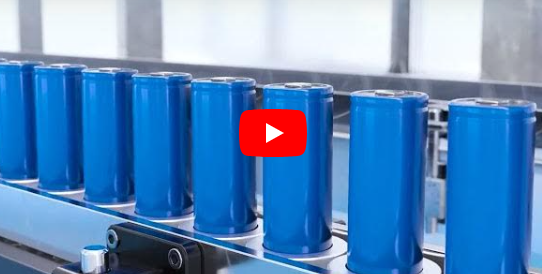Exploring Cycle Life, Discharge Rate, and Temperature Impact on Battery Performance
The battery is the main power source of the product. It can drive the equipment to operate. Using test tools to conduct detailed inspections on the battery can ensure the safety of the battery and prevent the battery from spontaneous combustion and explosion due to excessive temperature. The car is everyone's main means of transportation. , the frequency of use is very high, so in order to ensure the safety of the driver, it is imperative to test the battery. The detection method is to simulate various accidents, judge whether the quality of the battery is qualified, and observe whether the battery will explode. Using these tests can effectively avoid risks and maintain stability.
1. Cycle life
The number of cycles of a lithium battery reflects how many times the battery can be repeatedly charged and discharged. According to the environment in which the lithium battery is used, the cycle life can test the cycle life of the battery at low temperature, normal temperature and high temperature. Usually, the waste standard of the battery is selected according to the use of the battery. If the battery is used for power batteries (electric vehicles, electric forklifts), etc., the discharge capacity maintenance rate of 80% is generally selected as the standard parameter for waste. If the battery is used for energy storage, Storage, etc. can be relaxed to 60%. The batteries we often come into contact with, if the discharge capacity/initial discharge capacity is lower than 60%, there is no need to use it, and it will not last for half a day.
2. Discharge rate
Nowadays,
lithium batteries are not only used in consumer electronics products, but also more and more in the application of power batteries. Electric vehicles need to change the current when driving under different working conditions. In today's fast-paced life, the shortage of charging piles for electric vehicles has higher and higher requirements for fast charging of lithium batteries. Therefore, it is necessary to test the rate performance of lithium batteries. It can be tested according to the national standard of power battery. Now domestic and foreign battery factories are producing special high-rate batteries to meet market needs. The design of high-rate batteries can start from the type of active material, the surface density of the pole piece, the compaction density, the selection of tabs, the welding process and the assembly process. Interested friends can find out by themselves.
3. Safety test
Safety can be said to be a matter of great concern to battery users. Whether it is the explosion of a mobile phone battery or the fire of an electric car, it is enough to make people terrified. The safety of lithium batteries is an item that must be inspected. Safety inspections include overcharge, overdischarge, short circuit, drop, heating, vibration, extrusion, acupuncture, etc. However, according to the lithium battery school, these safety tests They are all passive safety tests, which means taking a battery and letting foreign objects actively destroy the battery to test that the battery is safe enough. When sending for inspection, the batteries and modules need to be designed accordingly for safety inspection, but in actual use, for example, if an electric car loses control and hits another car or object, it is an irregular collision and may face more complicated However, the cost of testing is higher in this way, and we can only choose relatively reliable test content.
4. Discharge at low temperature and discharge at high temperature
The impact of temperature on the discharge performance of the battery is directly reflected in the discharge capacity and discharge voltage. As the temperature decreases, the internal resistance of the battery increases, the electrochemical reaction speed slows down, the internal resistance of polarization increases rapidly, and the discharge capacity and discharge platform of the battery decrease, which affects the output of battery power and energy.
For lithium-ion batteries, the discharge capacity drops sharply under low temperature conditions, but the discharge capacity is not lower than normal temperature under high temperature conditions, and sometimes slightly higher than normal temperature capacity, mainly because the migration speed of lithium ions is accelerated under high temperature conditions, and lithium electrodes are not like nickel. Electrodes, like hydrogen storage electrodes, decompose or form hydrogen at high temperatures to reduce capacity. When the battery module is discharged at low temperature, as the discharge progresses, heat is generated due to resistance and other reasons, which causes the temperature of the battery to rise, which is manifested as a rise in voltage. As the discharge progresses, the voltage gradually decreases.
At present, the batteries on the market are mainly ternary batteries and
lithium iron phosphate batteries. The ternary batteries will be unstable due to the structural collapse of materials at high temperatures, and their safety is much worse than that of lithium iron phosphate batteries, but their energy density is lower than that of lithium iron phosphate batteries. Lithium iron phosphate is high, so the two systems are co-existing and developing.
 The Future of Portable Power: Advancements in 18500 Li-ion Battery Technology
The Future of Portable Power: Advancements in 18500 Li-ion Battery Technology
 Choosing the Right 18500 Li-ion Battery for Your Business
Choosing the Right 18500 Li-ion Battery for Your Business
 LiPo Batteries and Sustainability: Navigating Environmental Impact
LiPo Batteries and Sustainability: Navigating Environmental Impact